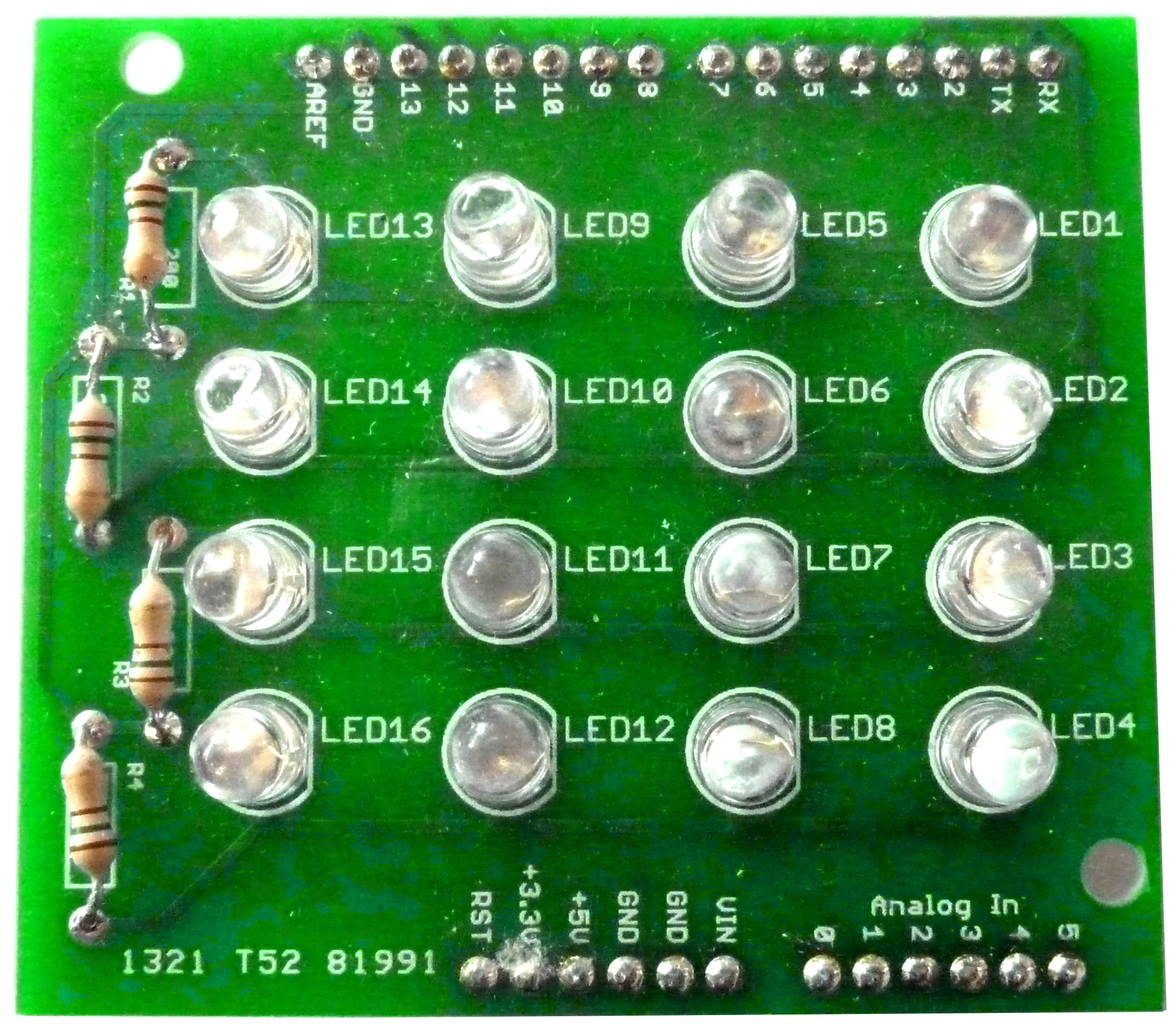

To build this cable, you'll need thick Ethernet cable (I recommend 23 AWG for the wire thickness) and 3-pin connectors on each end. You'll need to run a extension cable between your Arduino to where the lights will be placed in your house and/or yard. This buck converter allows your power supply to supply 12V to the lights and 7V to the Arduino from the same power supply. This power supply will power your Arduino and up to four strings of lights. One popular way is to push them into plastic cardboard-like shapes like these:ġ2V power supply (enough for 50-200 lights) You can arrange your strings or lights any way that you want (hang them, put them on a tree, etc.). You can have a maximum of four 50-bulb strings per Arduino (200 bulbs) to the controller This ensures that the lights can be placed at far distances from your controller. Make sure the lights operate on 12V DC and that the wire thickness is 20 AWG or lower. As long as they support ws2811 or ws2812, they will work with your project. These lights come in many shapes & sizes. Your Arduino, once programmed, will also know this protocol. These are digital lights that are animated with an industry standard protocol called ws2811. These are needed for connecting the Arduino microcontroller to the buck converter among other things.ġ-4 sets of 12V WS2811 lights (50 bulbs each set) These are needed for connecting the Arduino microcontroller to the network board, among other things This way you can create animations on your computer/laptop which sends commands to the Arduino via Ethernet to animate the lights. This enables the Arduno microcontroller to communicate on your home computer's network. It should come with a USB Type B cable for connecting to your computer. It is a low-cost microcomputer (basic computer) that can be programmed to do almost anything. This is the "brain" of the light controller. Here is what you’ll need to build computerized, animated lights with Arduino: You can also visit my website for much more information on building computerized Christmas lights. You'll be amazed how easy it and have the best Christmas (and other holidays) lights on the block! You can put lights into tube for glowing arches, attach them to strips to make virtual trees, and so much more.

You can buy strings of lights to hang on a tree, or push the lights into "coro", a white plastic resembling cardbaord) in prepade shapes such as stars, candy canes, and more.


This instructable will build one light controller than can animate up to 200 lights. You can do all of the wonderful animated lights that the professionals use, with a little bit of homemade building! The beauty is once you create multiple controllers as you add more lights to your house, xLights makes them all work together as a "show". And the best part? Your lights are connected to your home wired or wireless network, so you can place your lights anywhere in the house or in the yard, controlled and animated from the comfort of your computer!
#ARDUINO LED KIT FREE#
The animations are created using the free xLights program. This controller animates strings of inexpensive lights found on Amazon, eBay, and lot of other online stores.
#ARDUINO LED KIT HOW TO#
This instructable shows you how to build a low-cost light controller using an Arduino.
#ARDUINO LED KIT SOFTWARE#
Have you driving by houses with fancy Christmas lights, often synchronized to music? Normally, these setups require commercial light controllers costing hundreds of dollars, commercial animation software that can also be quite expensive, a literal money pit for the average home owner.


 0 kommentar(er)
0 kommentar(er)
